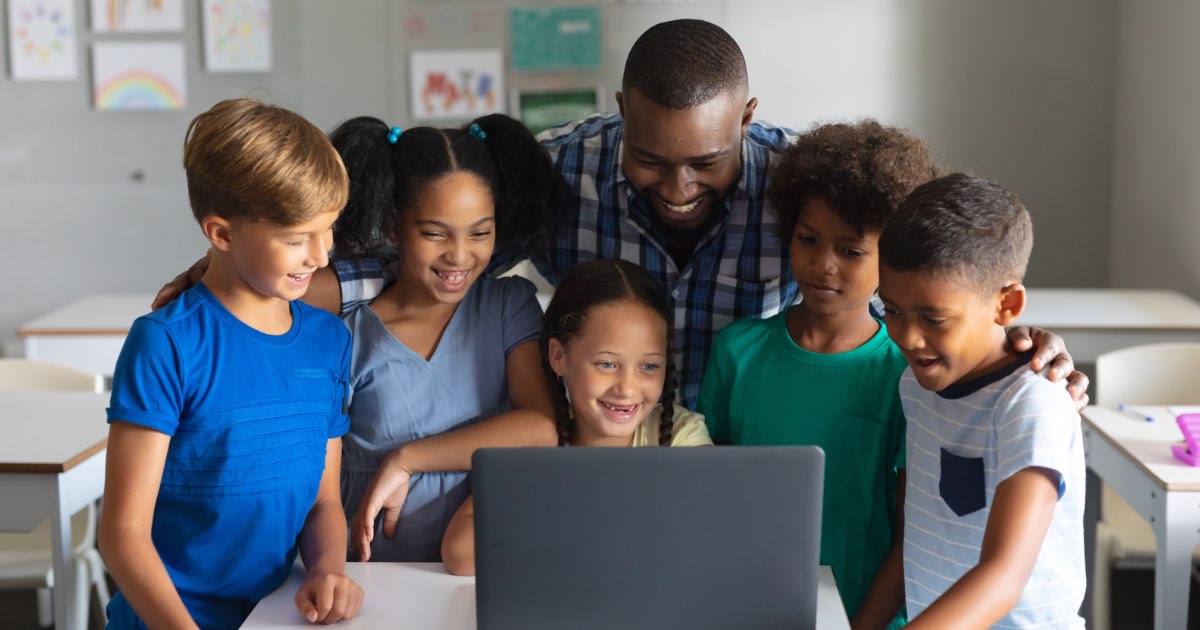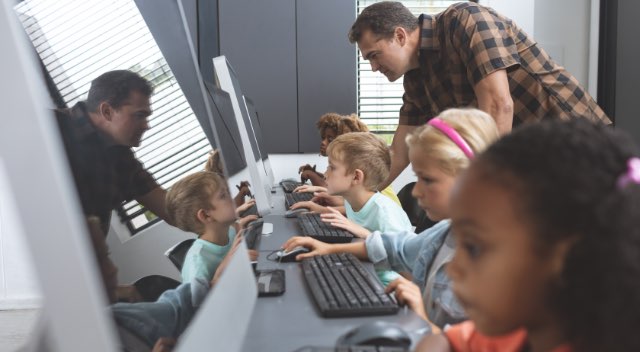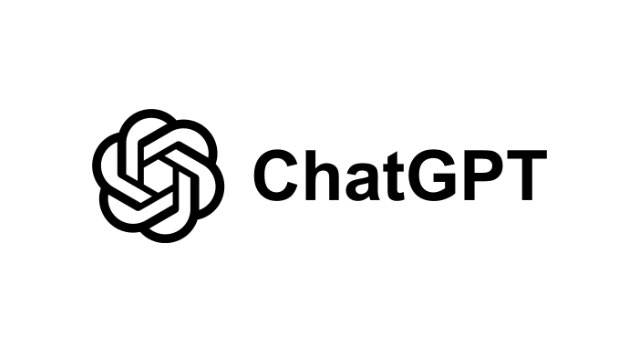
Business & Technology - Jul 10, 2024
This AI chatbot's interactive nature makes learning stimulating for kids, allowing them to actively participate by asking questions while enabling them to explore diverse topics in their areas of interest. As children converse with ChatGPT, they learn to analyze and evaluate information, think critically, solve problems, and develop language and communication skills.

Teach them to ask questions that compare or contrast multiple subjects and use prompts that include contexts like location or time frame. Kids can use follow-up questions to find more detailed information for depth and understanding of their topic.
Children must be taught that ChatGPT can be factually incorrect and outdated as it uses a vast number of resources -- both correct and incorrect -- from across the internet. All AI model information must be fact-checked and verified with credible resources. Kids can also develop an over-reliance on ChatGPT, depending on it entirely instead of engaging in critical thinking and doing the work for themselves, so it's essential to explain the concept of plagiarism. Parents and caregivers need to work closely with educators to understand school policies around using ChatGPT and create strategies with kids to avoid plagiarism and inaccurate work.
Children must also be taught to protect their personal and sensitive information, as data breaches may allow it to be compromised or misused. Make them aware of the basic ground rules of the internet, such as never sharing their home addresses, full names, schools, or contact details.
ChatGPT is a valuable complementary tool in education, providing individualized, interactive, and enriched learning to children across a diverse range of needs. As AI technology advances, its strengths, potential, challenges, and limitations must be examined and explained to kids since it will only become more prevalent in the future. Collaboration between educators and AI systems like ChatGPT can create an exciting space for children to explore, play, and discover in order to foster a love for lifelong learning.
Author: Chantal Tarling
Teaching Kids to Use ChatGPT Effectively and Safely
The development of ChatGPT and other generative artificial intelligence models has caused worldwide debate in many fields, including education. ChatGPT is a powerful tool for content creation since it has an almost endless range of abilities. It's free and easily accessible to anyone with an internet connection. It can significantly enhance learning experiences for curious young minds, but children must be taught to use it effectively and safely.

What Is ChatGPT?
ChatGPT is an online software program developed by OpenAI that uses generative artificial intelligence to provide conversational responses to questions or commands. It crafts its responses by pulling information from resources across the internet and summarizing them to give a human-style reply. Your prompts can be elaborate or simple, from text translation to recipes, crafted stories, math problem-solving, writing code, history lessons, and almost anything else you can imagine.How Can ChatGPT Enhance Children's Learning?
ChatGPT can provide personalized teaching and support by answering questions and providing guidance for kids at all levels of education, all for free. As you refine your questions, it adapts responses accordingly and caters to individual learning needs. Since it's accessible all the time, from anywhere with an internet connection, it allows for flexible learning outside the classroom.This AI chatbot's interactive nature makes learning stimulating for kids, allowing them to actively participate by asking questions while enabling them to explore diverse topics in their areas of interest. As children converse with ChatGPT, they learn to analyze and evaluate information, think critically, solve problems, and develop language and communication skills.

Teaching Kids to Use ChatGPT Effectively
ChatGPT is most effective when clear, specific prompts -- questions or statements -- are used. Encourage them to think about their topic and to break it down into smaller sub-questions, as this helps them to find specific keywords to use as prompts. Allow children to experiment with prompts by rephrasing the same questions differently and asking ChatGPT to provide examples instead of definitions.Teach them to ask questions that compare or contrast multiple subjects and use prompts that include contexts like location or time frame. Kids can use follow-up questions to find more detailed information for depth and understanding of their topic.
Children must be taught that ChatGPT can be factually incorrect and outdated as it uses a vast number of resources -- both correct and incorrect -- from across the internet. All AI model information must be fact-checked and verified with credible resources. Kids can also develop an over-reliance on ChatGPT, depending on it entirely instead of engaging in critical thinking and doing the work for themselves, so it's essential to explain the concept of plagiarism. Parents and caregivers need to work closely with educators to understand school policies around using ChatGPT and create strategies with kids to avoid plagiarism and inaccurate work.
Teaching Kids to Use ChatGPT Safely
Children under 18 are required to have parental consent when using ChatGPT due to concerns about exposure to inappropriate and harmful content if they use it unsupervised. If kids are curious to use this intriguing technology, it's best for parents and caregivers to monitor and provide guidance and boundaries.Children must also be taught to protect their personal and sensitive information, as data breaches may allow it to be compromised or misused. Make them aware of the basic ground rules of the internet, such as never sharing their home addresses, full names, schools, or contact details.
ChatGPT is a valuable complementary tool in education, providing individualized, interactive, and enriched learning to children across a diverse range of needs. As AI technology advances, its strengths, potential, challenges, and limitations must be examined and explained to kids since it will only become more prevalent in the future. Collaboration between educators and AI systems like ChatGPT can create an exciting space for children to explore, play, and discover in order to foster a love for lifelong learning.
Author: Chantal Tarling




